Sales B2B - B2C - H2H*
Selling in a sustainable way
For whom ? All individuals and organisations who benefit from developing business skills that are in tune with today's world.
*Human to human
Olivier LINDER
Electrotechnical Sector Manager at Techlink

TARGETTING MY POTENTIAL CUSTOMERS
The world is changing and new competitors emerge every day. In this context, winning over customers is not easy. How can we attract new customers and develop our business in a sustainable way? Should we prospect harder or lower prices? Perhaps. There is another option. The way we acquire new business determines the quality and quantity of our prospects. Therefore, it is necessary to aim better and use prospecting techniques that enable us to reach the customers we dream of.
UNDERSTANDING THE PROFILES OF MY INTERLOCUTEURS TO COMMUNICATE BETTER
Have you ever felt a gap between you and another person?
Well, it happens a lot and there’s nothing wrong with it. In fact, we all have our own personalities and some people just feel, think and behave differently than we do. W.M. Marston has modelled 4 behavioural typologies that are easy to recognise. When we understand their feelings and thoughts, it becomes easy to interact with all the profiles. We adapt the way we communicate and behave to stay intuitively within the comfort zone of our interlocutors.

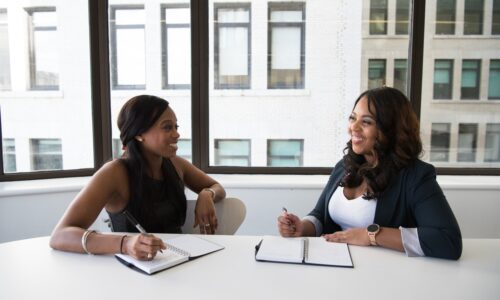
SOCIAL SELLING
Social media is not a free advertising channel! But, they are useful if they create mutual value through sharing. Therefore, it is essential to build an enriching dialogue for all stakeholders. How should I interact with my audience? Should I go straight to the point or hide my intentions? How can I provoke desire for my product? What are the best practices for building trust with my interlocutors and gaining permission to offer my services?
CONDUCTING EFFICIENT SALES CONVERSATIONS
Our world is complex and versatile. New opportunities are emerging faster than ever before. Our customers are confused and loyalty is no longer a core value. Often a feeling of not being heard prevents our interlocutors from committing. That’s why salespeople need to develop their ability to create trust. They have to prove that they are willing to remain the ideal partner. In this context, how do we generate authentic conversations that trigger choices built on trust?
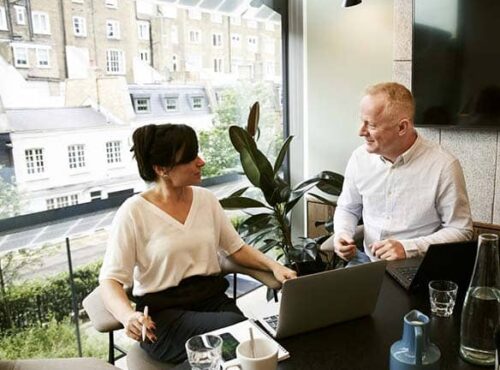
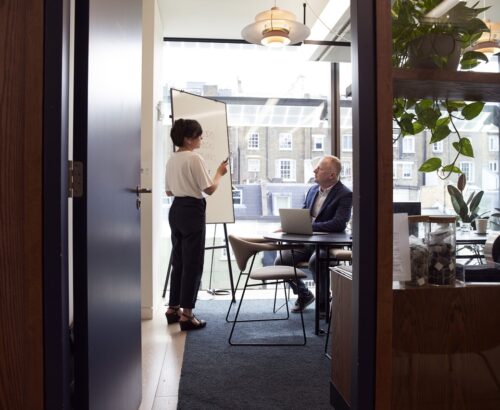
OVERCOMING THE CLIENT'S REFUSAL AND FINALIZING AGREEMENTS
Competition is sometimes fierce and it is not easy to bounce back when the customer rejects our proposal. In these dreaded moments, the pressure increases and often a dialogue of the deaf makes it very difficult to reach an agreement. What should I do in the face of rejection? Am I really too expensive? Should I argue more strongly? Doubt sets in and I feel lost. In these situations, I gain by controlling emotions and remain lucid to win the case. But what if the objection is an opportunity?
MANAGING KEY ACCOUNTS
Key accounts are attractive because of their prestige and the potential they provide. But entering them sometimes seems like a though fight. The stakes are tenfold and sales cycles are as complex as they are slow. In this context, we often feel helpless. This is due to a lack of visibility on the customer’s expectations and his decision-making process. In reality, the game is not that difficult, the sales techniques remain the same, except that, like tennis, it is not a match but a tournament and it is necessary to know how to play “Doubles”.
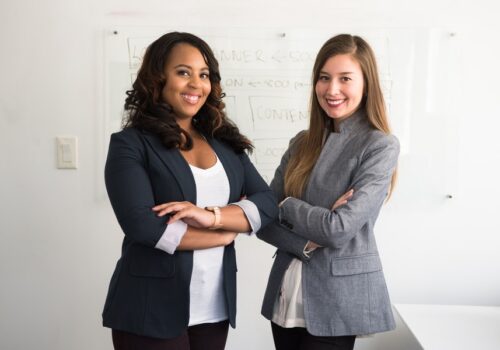
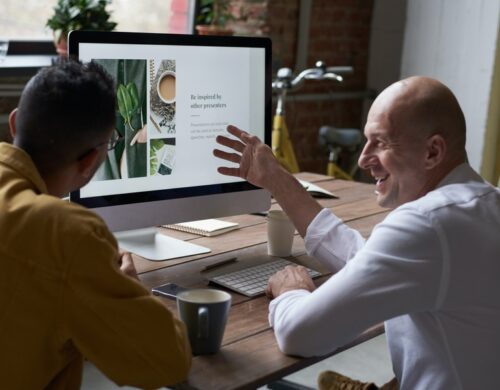
NEGOTIATING ACROSS CULTURES
Have you ever felt a gap between you and a foreign customer?
Well, it happens a lot and there’s nothing wrong with it. In fact, we all have our own way of functioning; each one feels, thinks and behaves according to his or her culture. Jean-Pierre Coene has modelled 7 types of negotiation around the world. When we understand them, it becomes easy to interact with all our foreign clients. We intuitively adapt our way of communicating and behaving to stay in the comfort zone of our interlocutors.
BEATING MY COMPETITORS
Monopolistic organisations do not master excellence because they have nothing to lose. So how can we take full advantage of our competitors instead of suffering the discomfort of their existence?
We can’t always be the most talented person in the room – but we can be the most competitive. With this in mind, what are the levers at our disposal? The first is to know our strengths and weaknesses and those of our competitors. The second is to define a tactic to emerge in the eyes of the client.


